Why the Karoo is a hidden paradise for naturalists
The Karoo is now increasingly recognised as a treasure for those seeking authentic natural encounters.
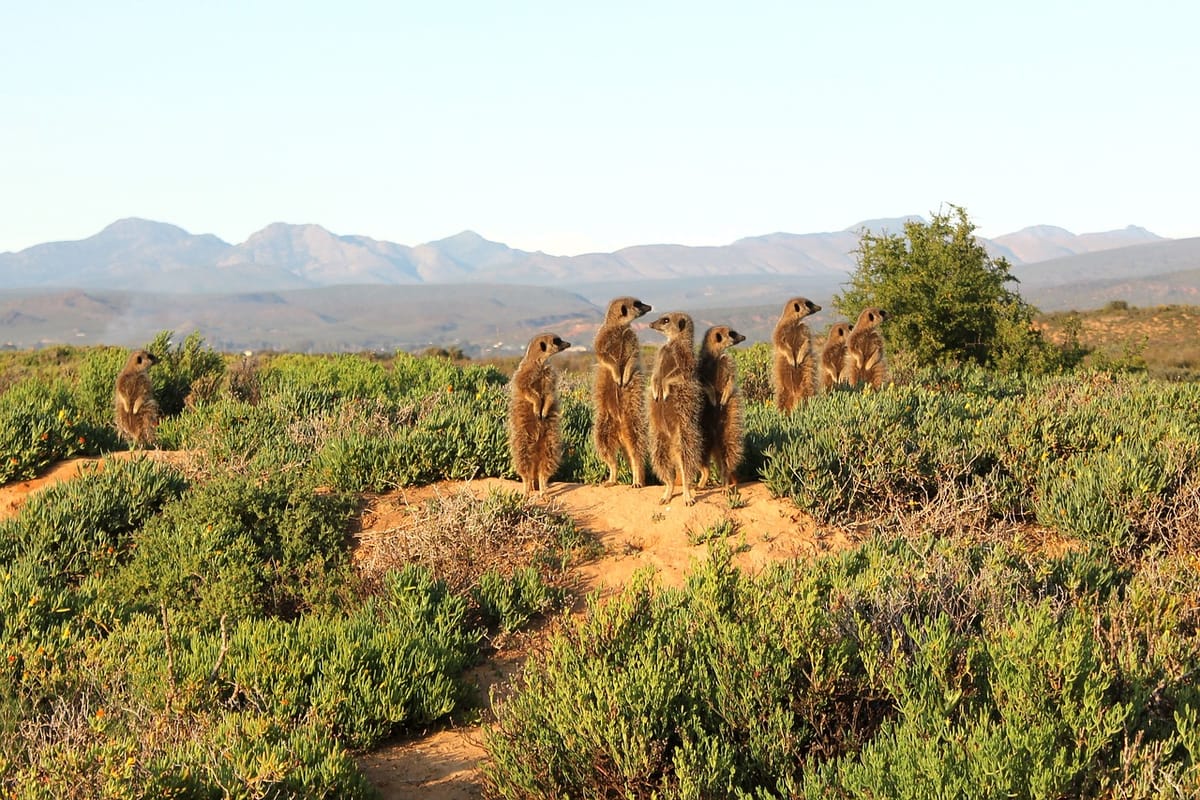

With spring unfolding and summer on the horizon, the region is stirring into a display of life that rewards those who take the time to look closely. The Karoo is often described as a place where beauty lies in its subtle details.
The region offers a hidden paradise for naturalists, brimming with wildlife, birdlife, and unique flora that reveal themselves across its open skies and rugged plains.
A living land in spring
Spring in the Karoo is unlike anywhere else. Rainfall may be scarce but even the lightest showers trigger an astonishing transformation.
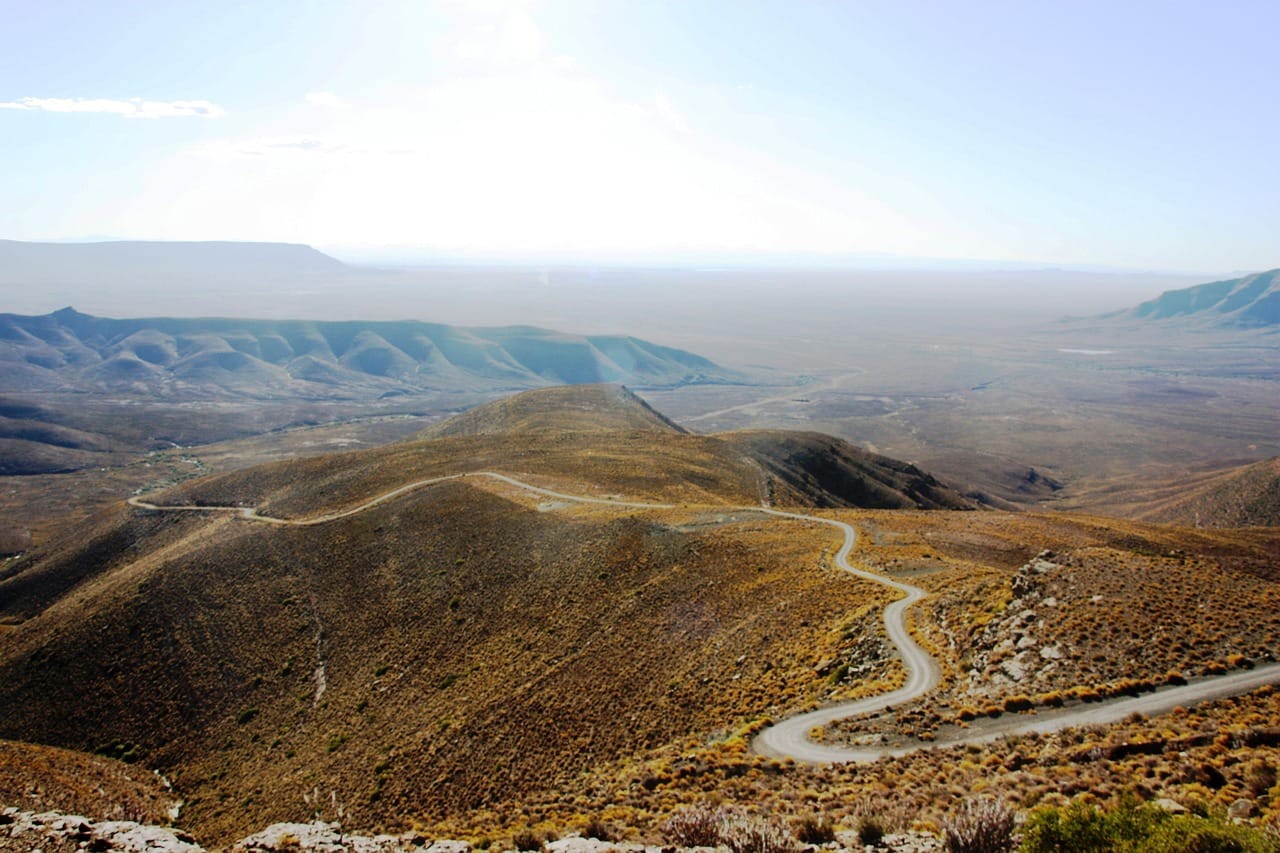
Once-bare plains erupt in carpets of tiny wildflowers painted across the veld in yellows, purples, and pinks. Succulent plants swell with water, their geometry as intriguing as any artwork.
For botanists and nature lovers, the Karoo offers over 9,000 plant species, many of which are endemic and found nowhere else in the world. The seasons shape the land dramatically, with spring and summer offering an ideal window for travellers to experience the region’s natural wealth at its fullest.
Wildlife adapted to extremes
The Karoo’s wildlife has mastered survival in extremes, making encounters with animals here both humbling and memorable. Springbok herds move gracefully across the open plains, while kudu and eland browse quietly in thickets.
Nocturnal predators such as caracal and aardwolf roam the night, their presence a reminder of the Karoo’s wild character. Perhaps most thrilling is the chance to glimpse meerkats emerging at dawn from their burrows, social and alert as they scan the horizon.
A birder’s sanctuary
The Karoo is a sanctuary for bird enthusiasts. The open terrain and scattered water pans attract a variety of species, from majestic raptors to delicate songbirds. Martial eagles patrol the skies, while blue cranes, South Africa’s national bird, step elegantly through grasslands.
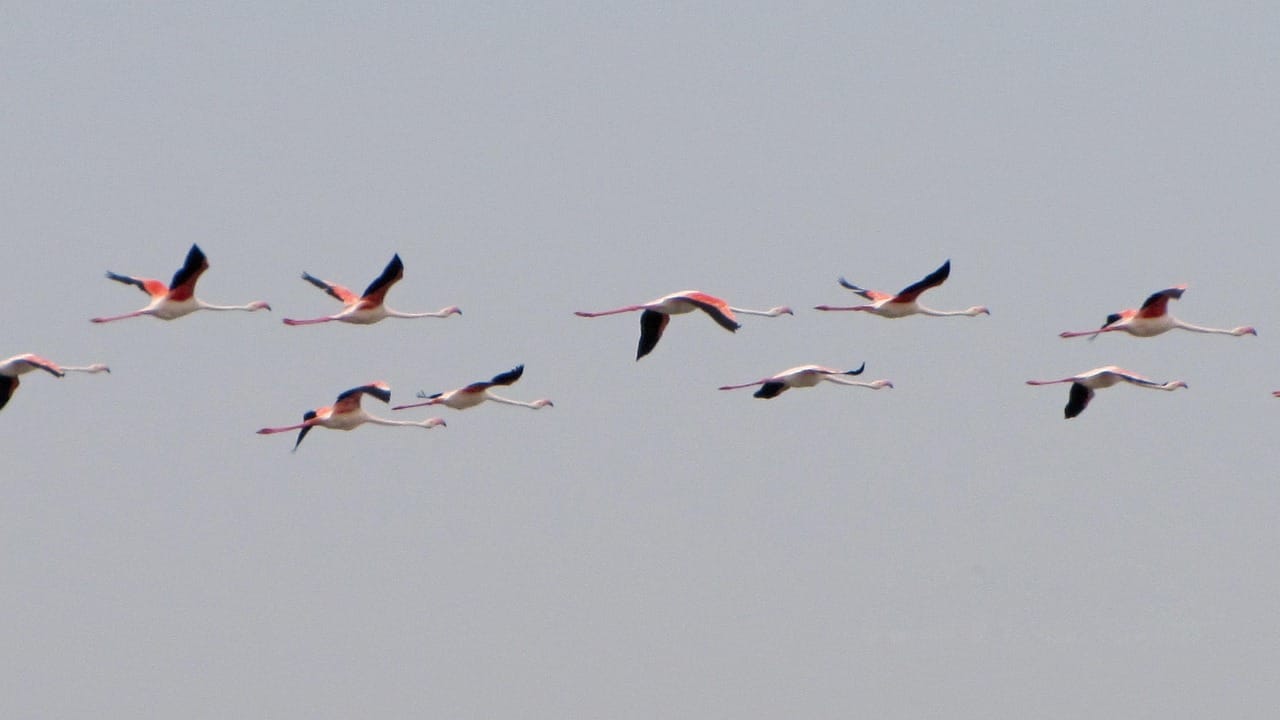
In spring and summer, migratory birds like flamingos add further richness, creating an ever-changing spectacle for those patient enough to observe.
With over 400 recorded species, the Karoo rewards naturalists who bring binoculars and a keen ear, offering opportunities to discover both rare sightings and familiar favourites in unexpected settings.
The unique allure of Karoo flora
The Karoo is globally recognised for its succulent biome, one of the most diverse on Earth. Plants here have evolved ingenious ways to survive in arid conditions, with swollen leaves that store water and flowers that open briefly to attract pollinators.
Aloe ferox, with its towering stalks of red-orange blooms, is not only iconic but also a favourite for sunbirds. Spring’s arrival signals the blooming of vygies, their jewel-like flowers scattering the veld. For travellers drawn to the study of plants, the Karoo is a living library of adaptations and beauty.
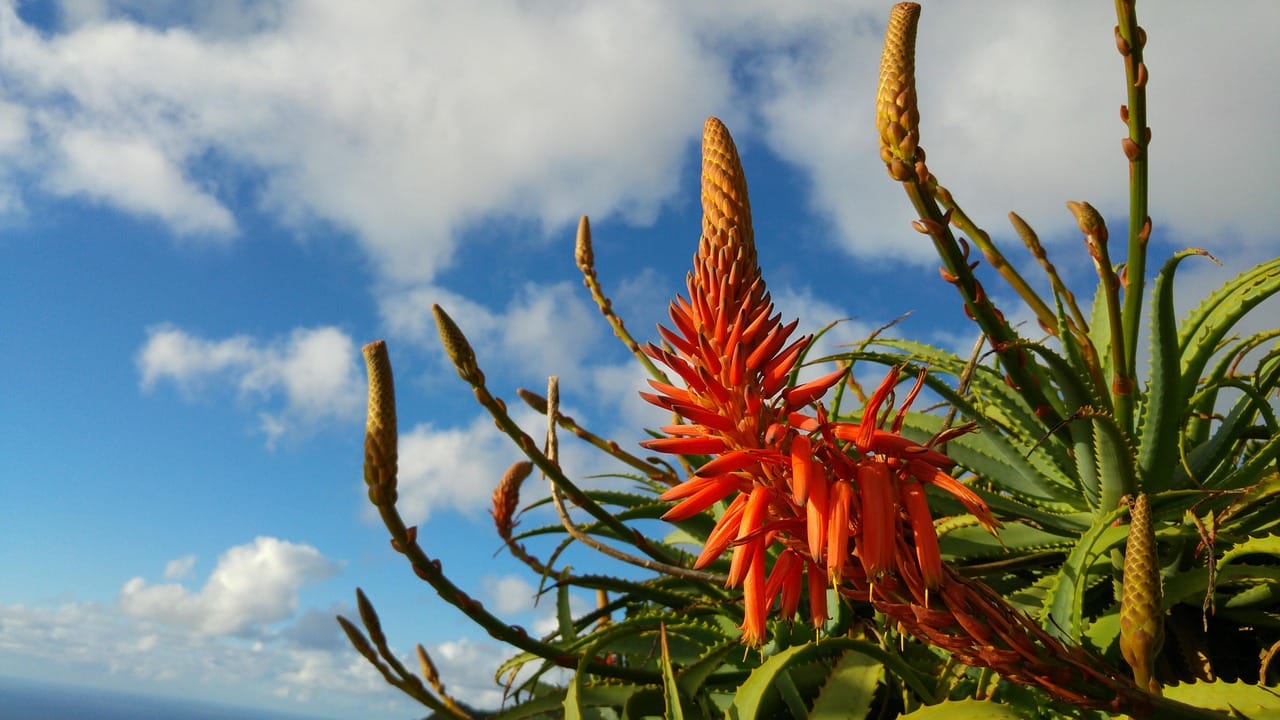
Tourism aligned with nature
The Karoo invites summer visitors seeking more than a typical holiday. Eco-tourism lodges and guided walks allow travellers to experience the land while supporting its preservation.
Stargazing is another highlight, as the Karoo’s night skies are among the clearest in the world. Naturalists often pair their daytime explorations of flora and fauna with evenings spent tracing constellations, listening to the nocturnal sounds of the veld. This balance of discovery and tranquillity makes the Karoo a destination where travel feels deeply connected to the environment itself.
Why now is the time to visit
With spring in full swing and summer on the way, the region is at its most inviting. Days are warmed by the sun and cooled by evening breezes, making it ideal for game drives or simple stillness in nature.
The landscape is alive, drawing photographers, researchers, and casual travellers alike to witness its seasonal renewal. While the Karoo has always been part of South Africa’s soul, it is now increasingly recognised as a treasure for those seeking authentic natural encounters.


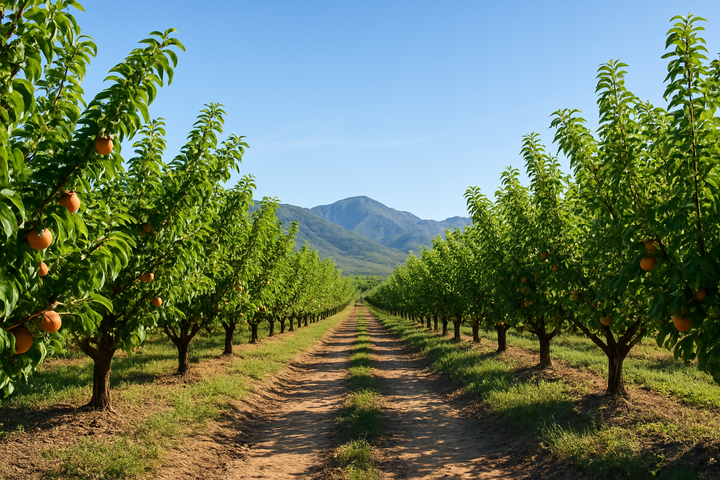
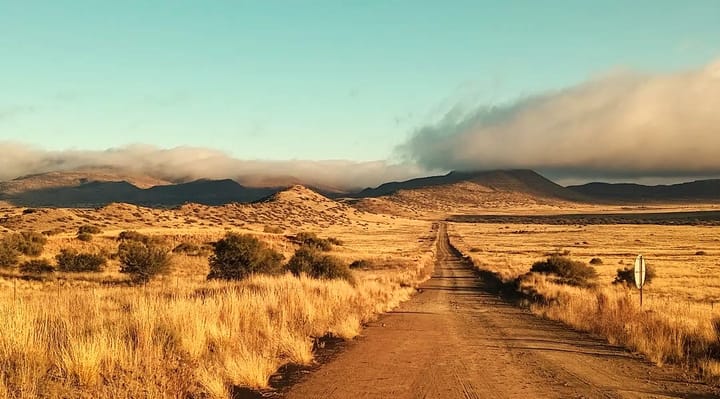
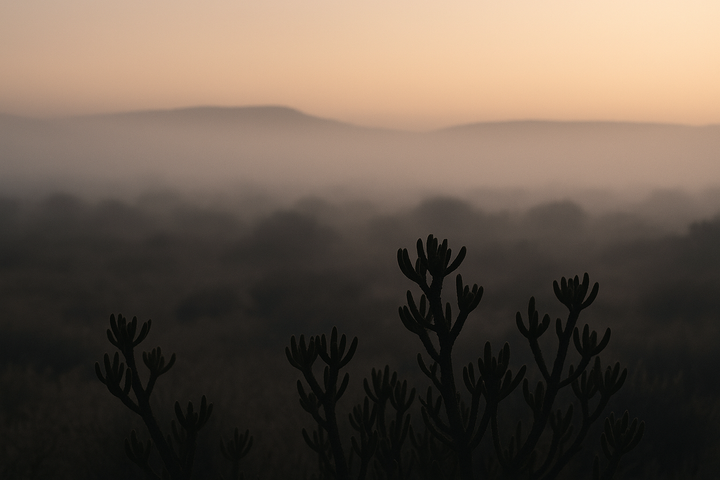
Comments ()